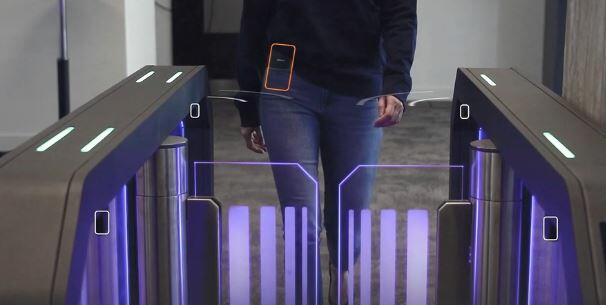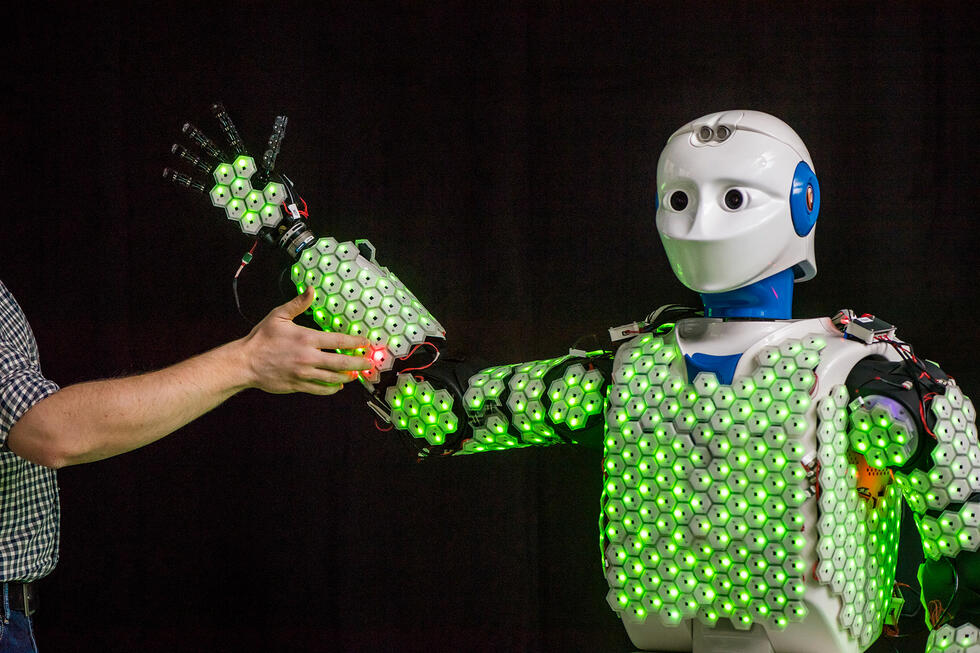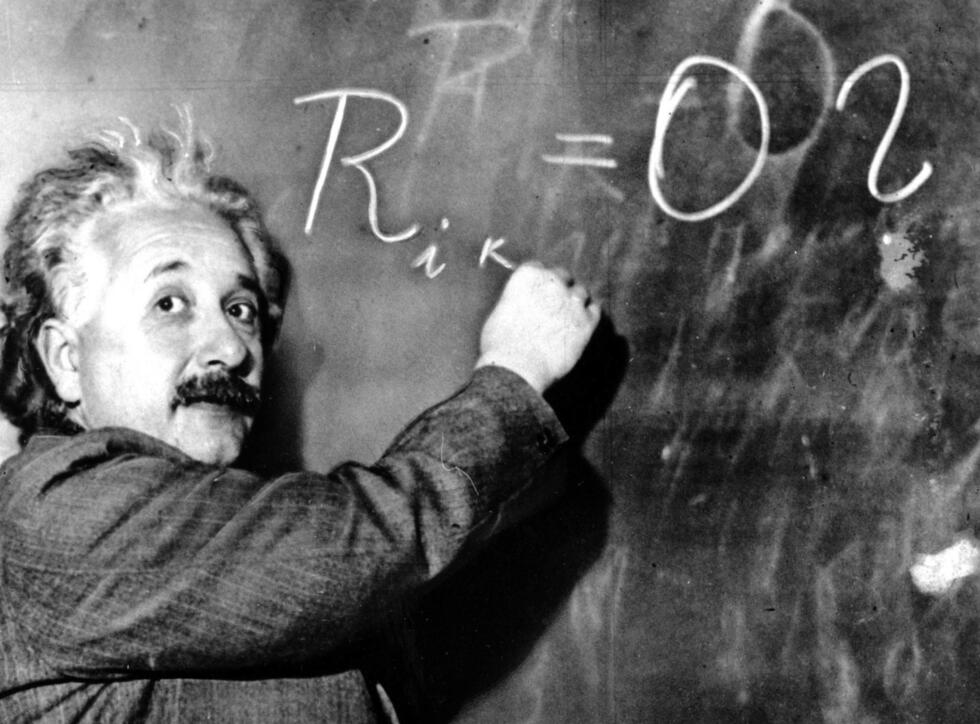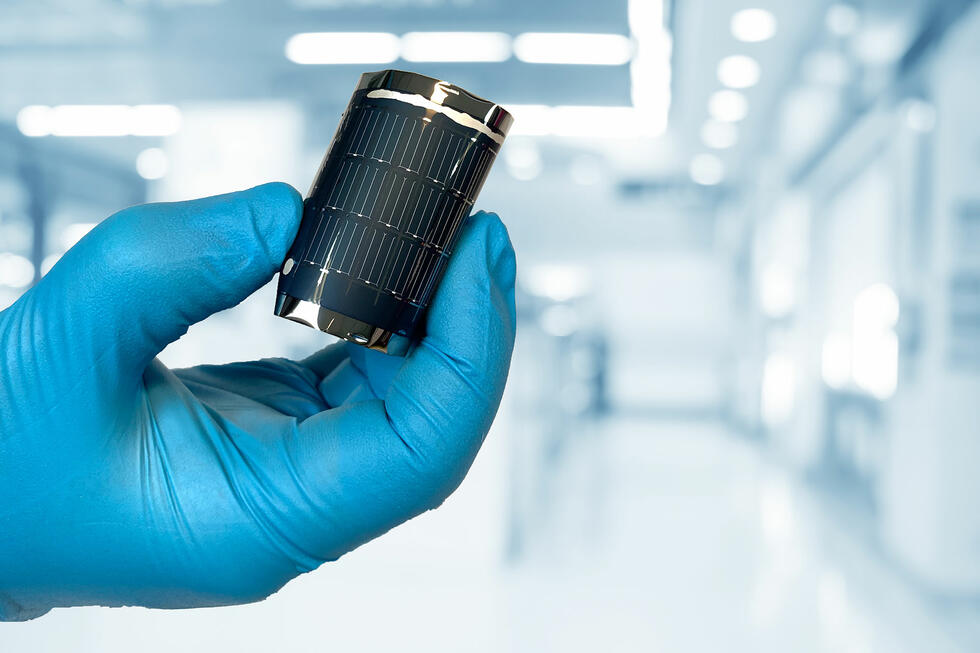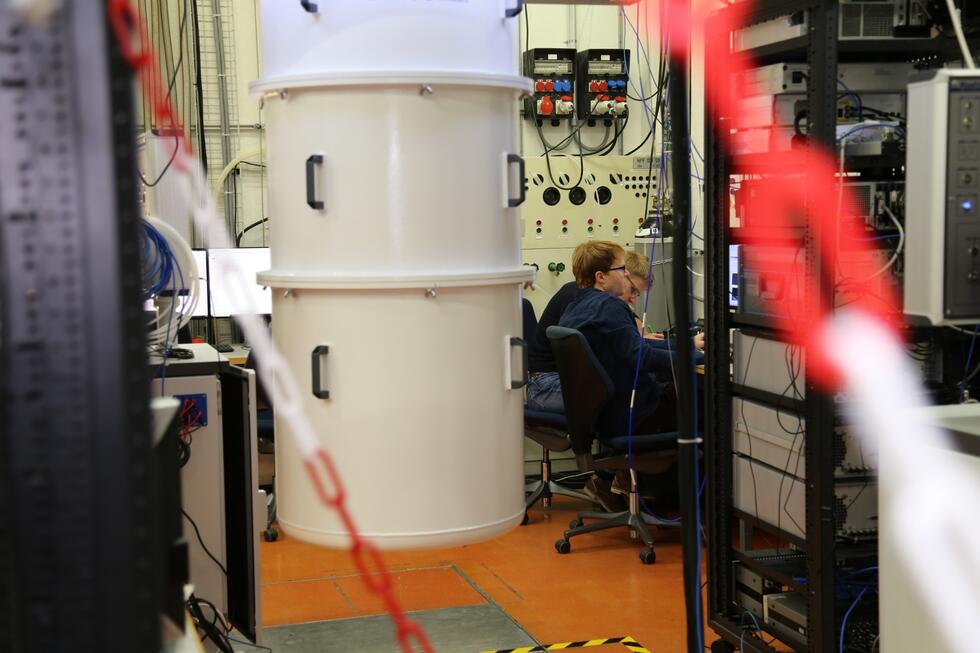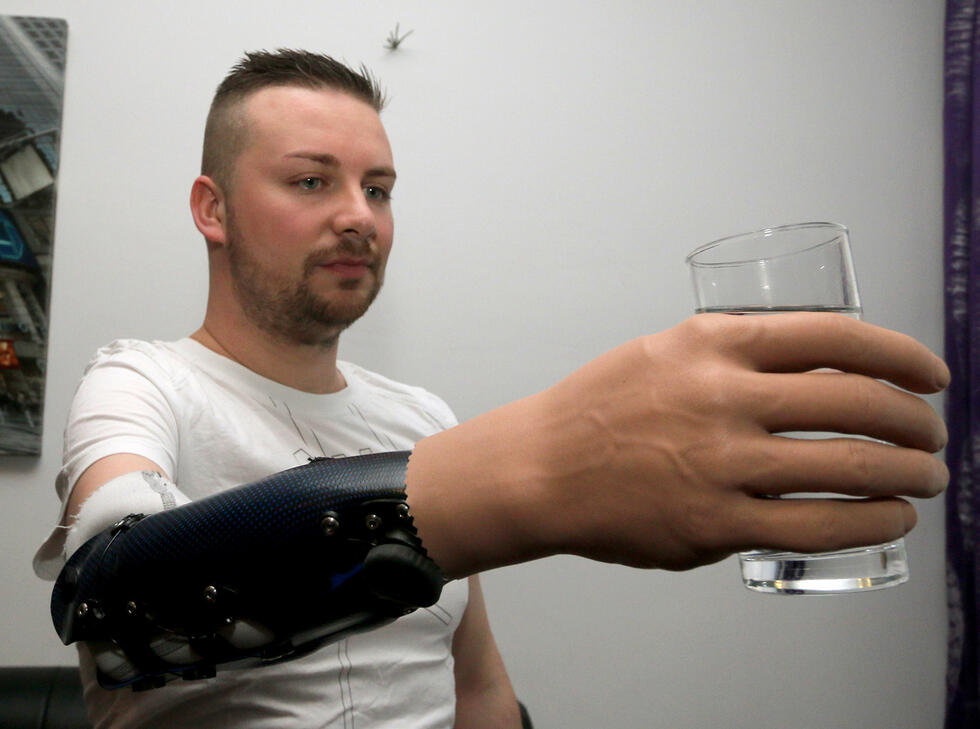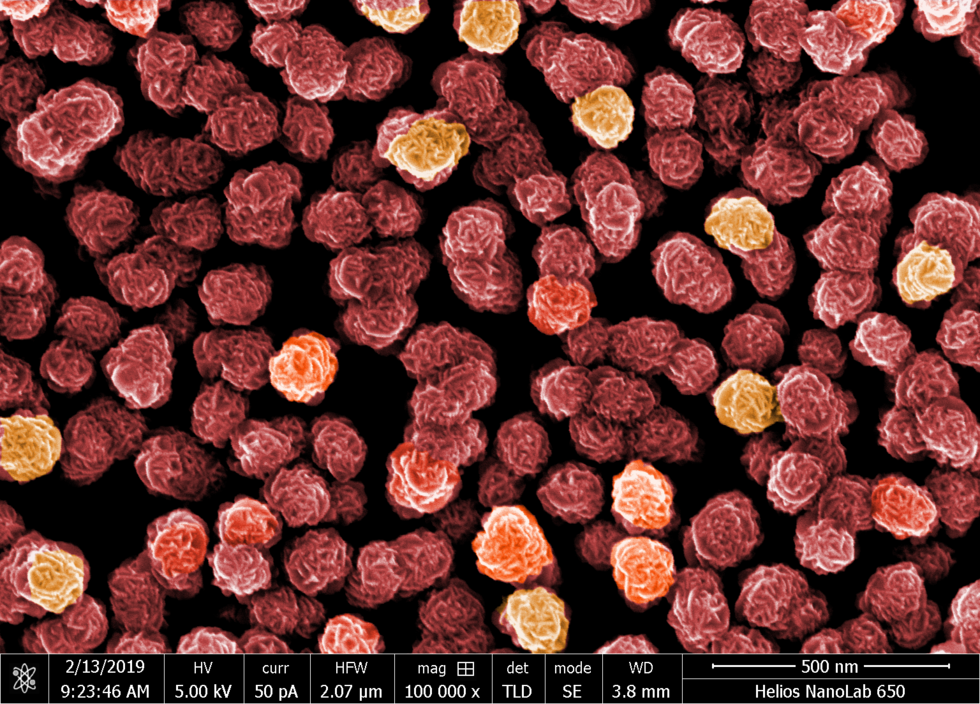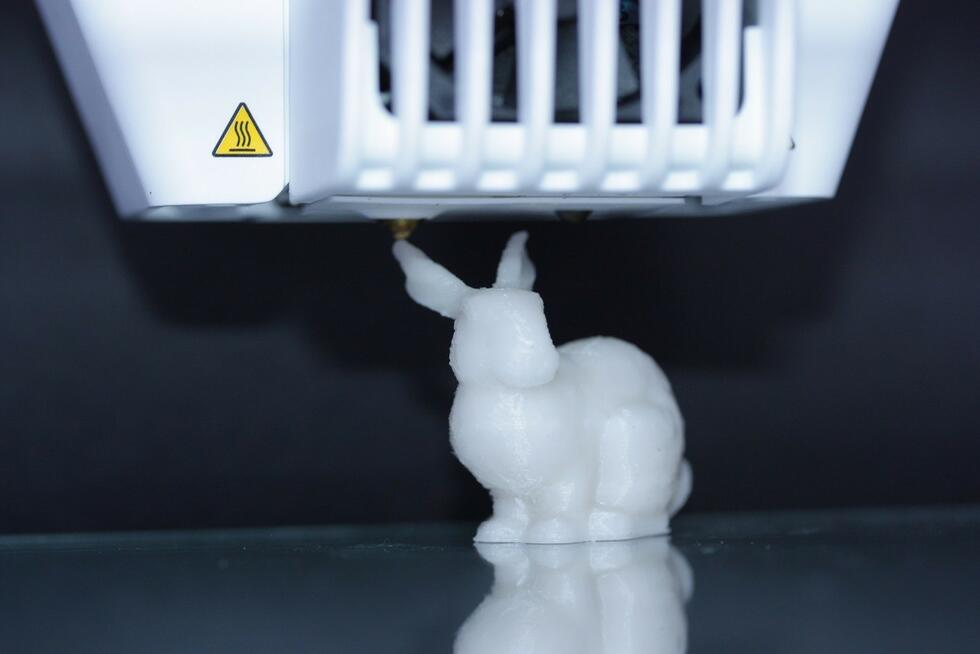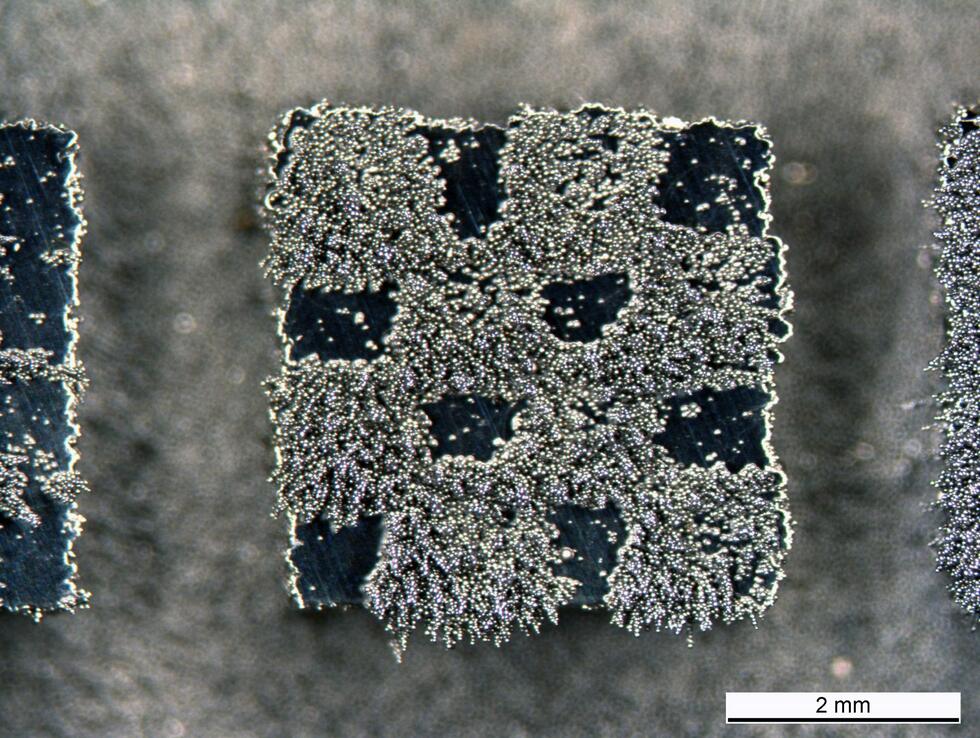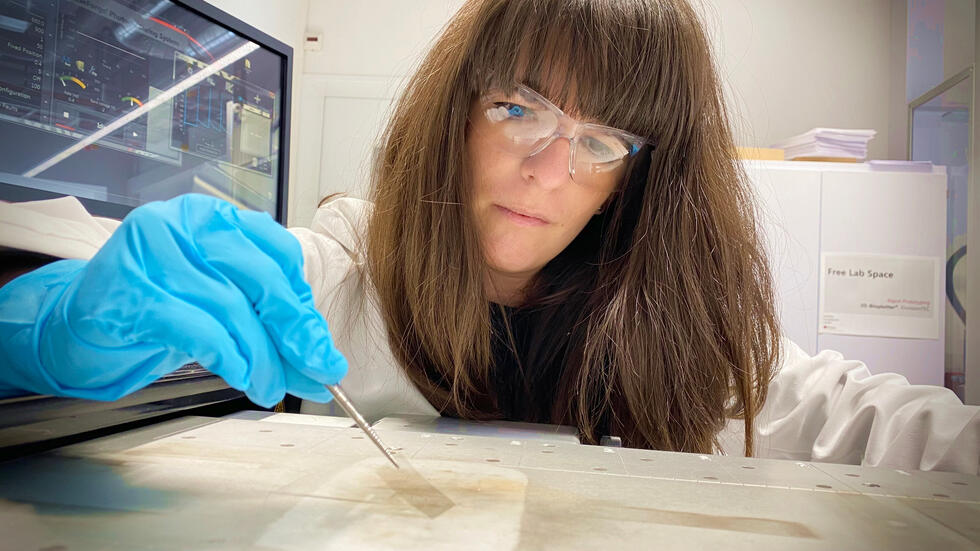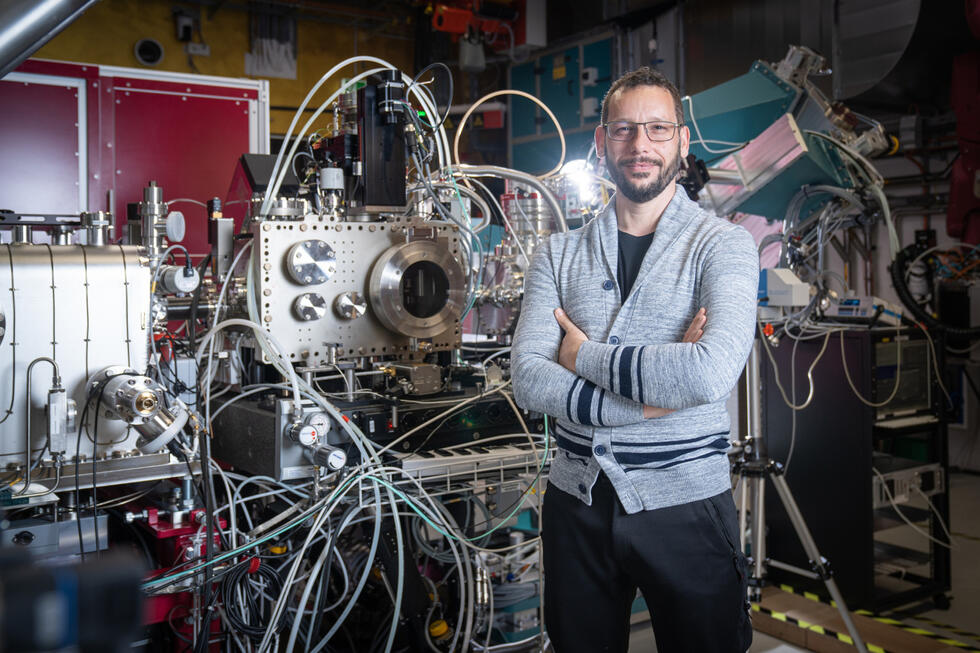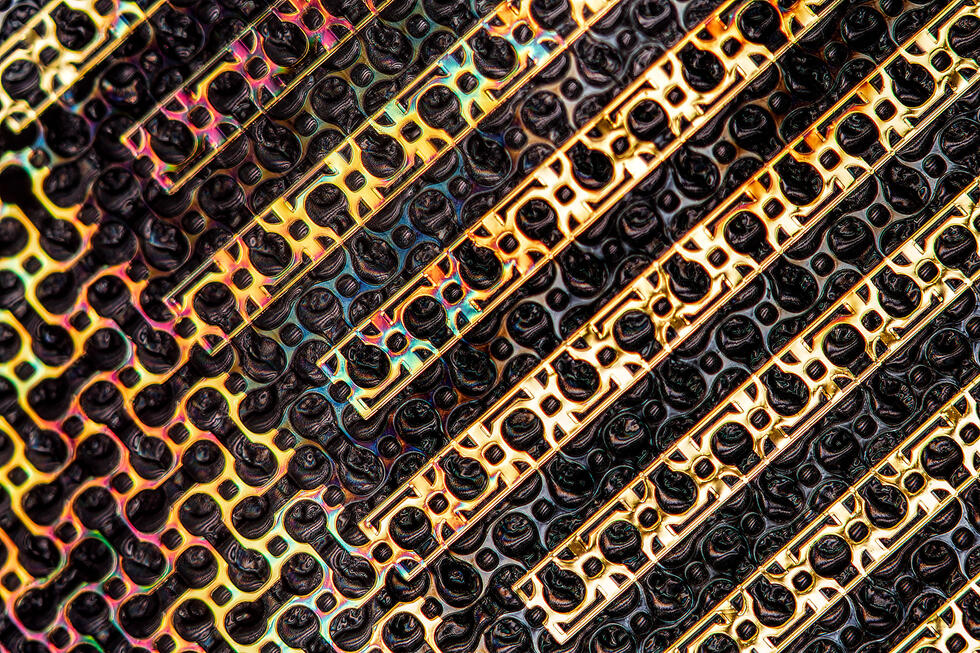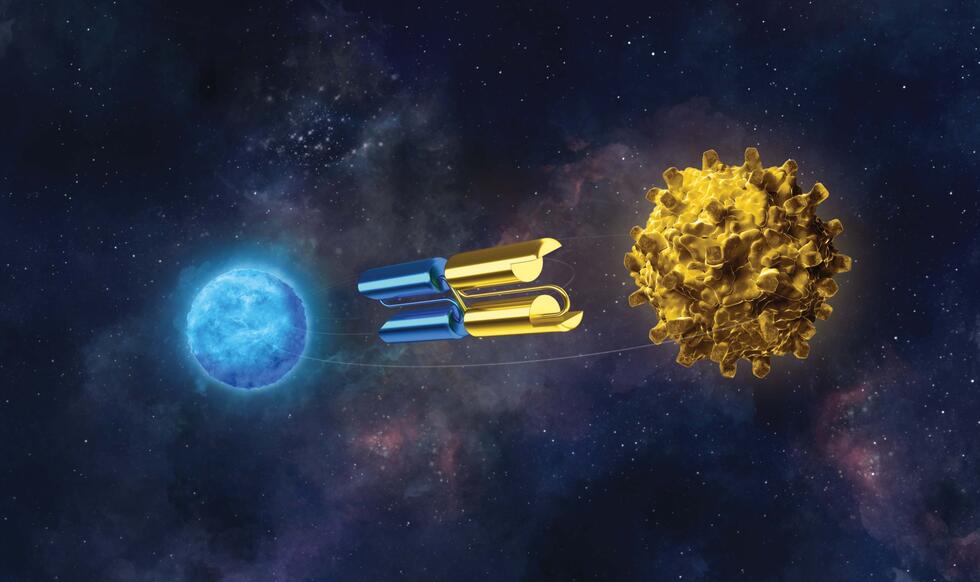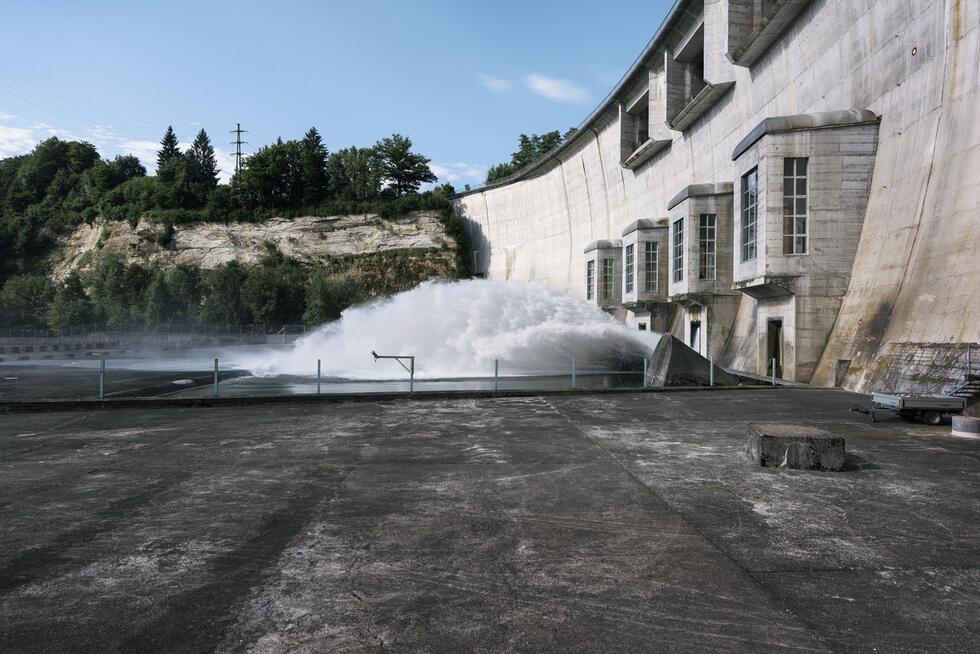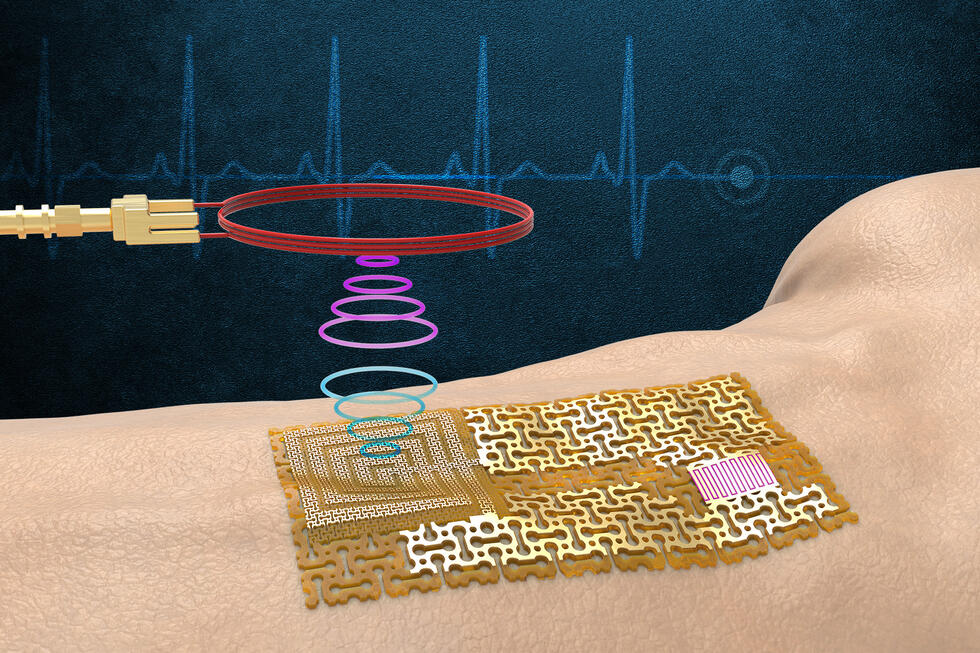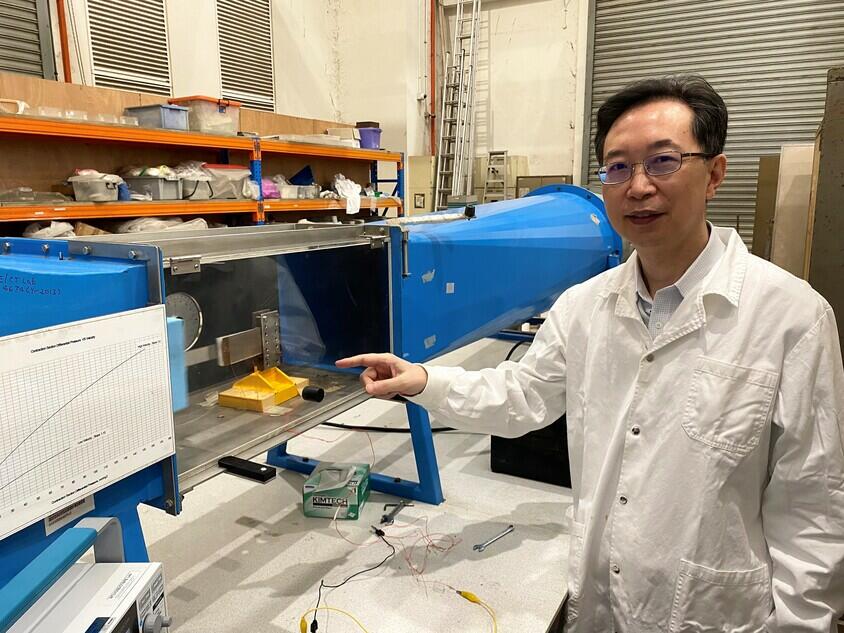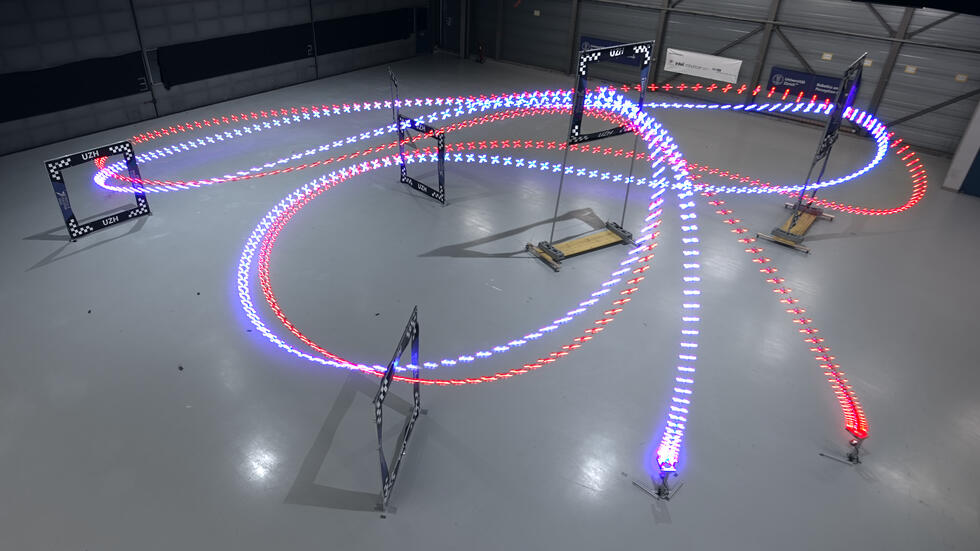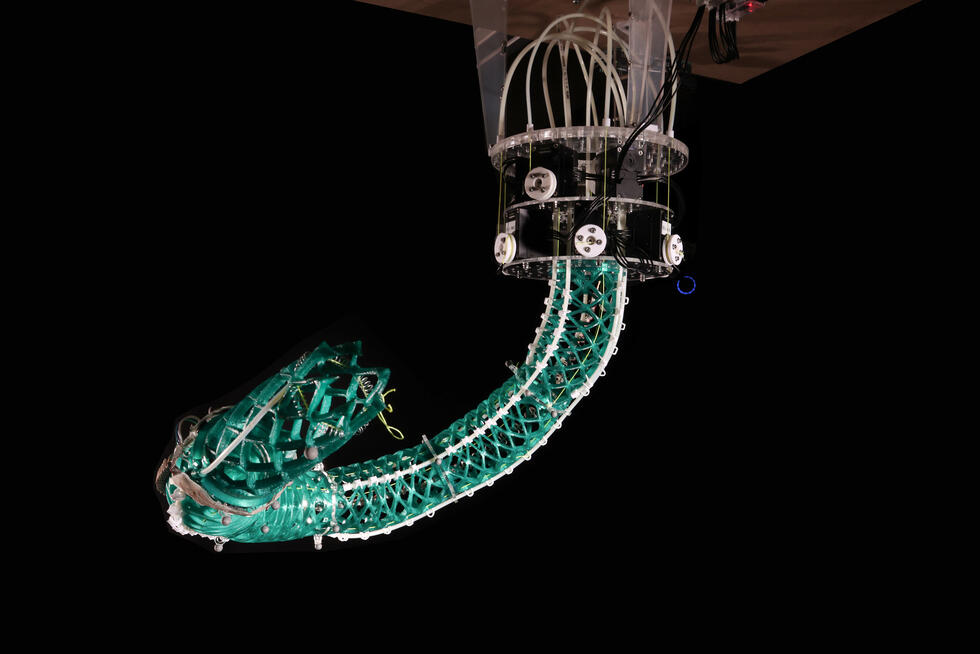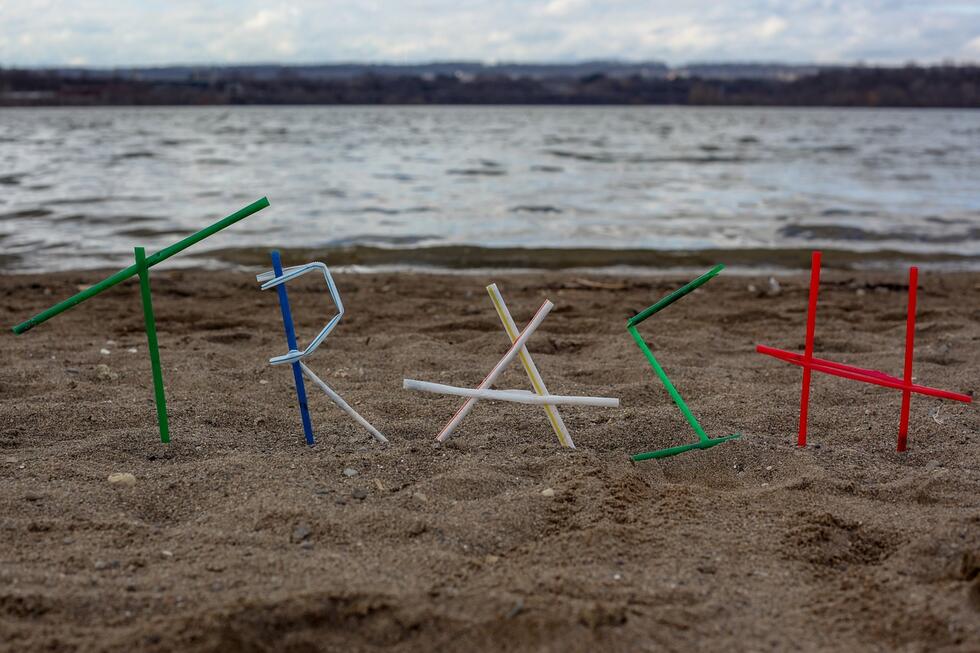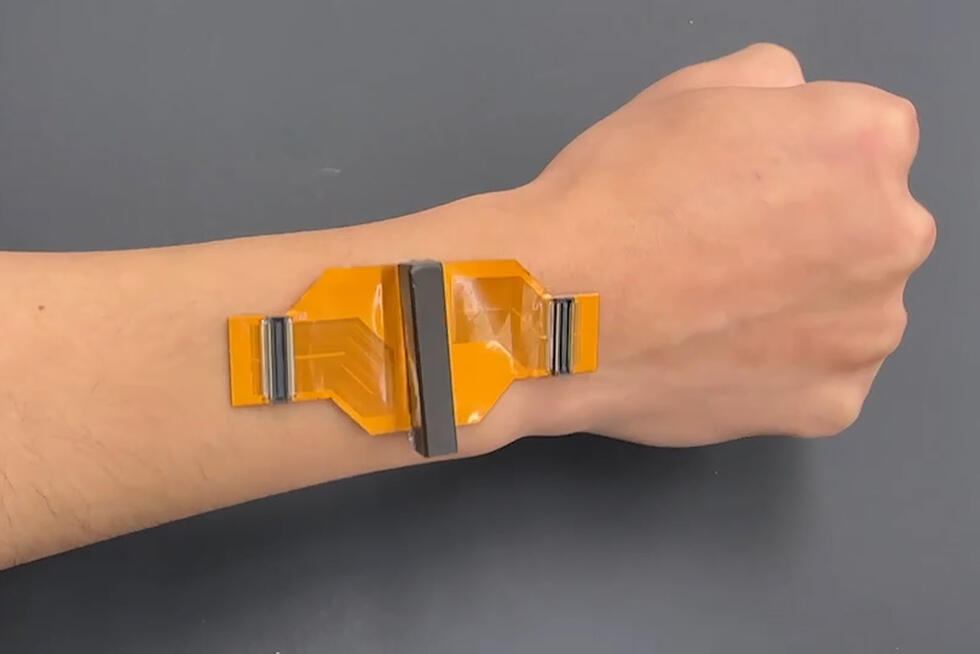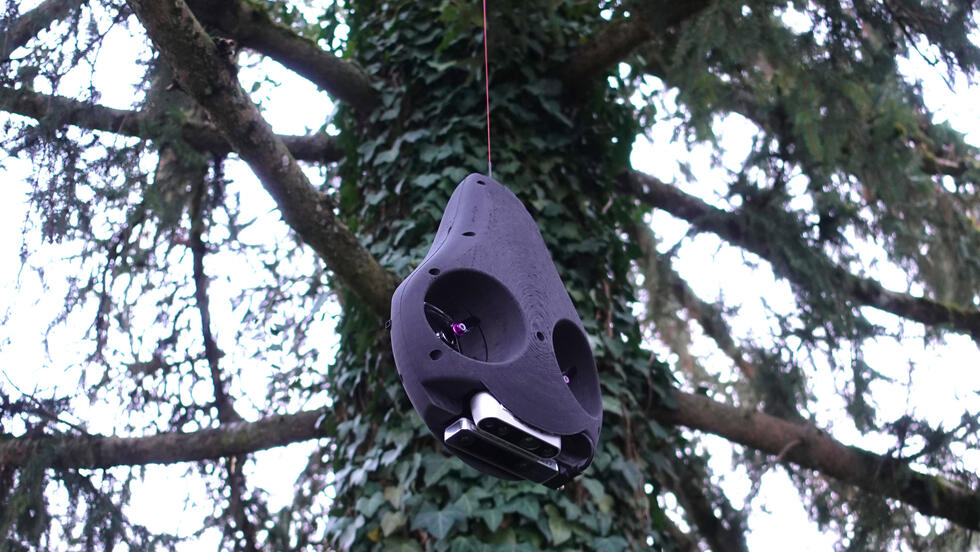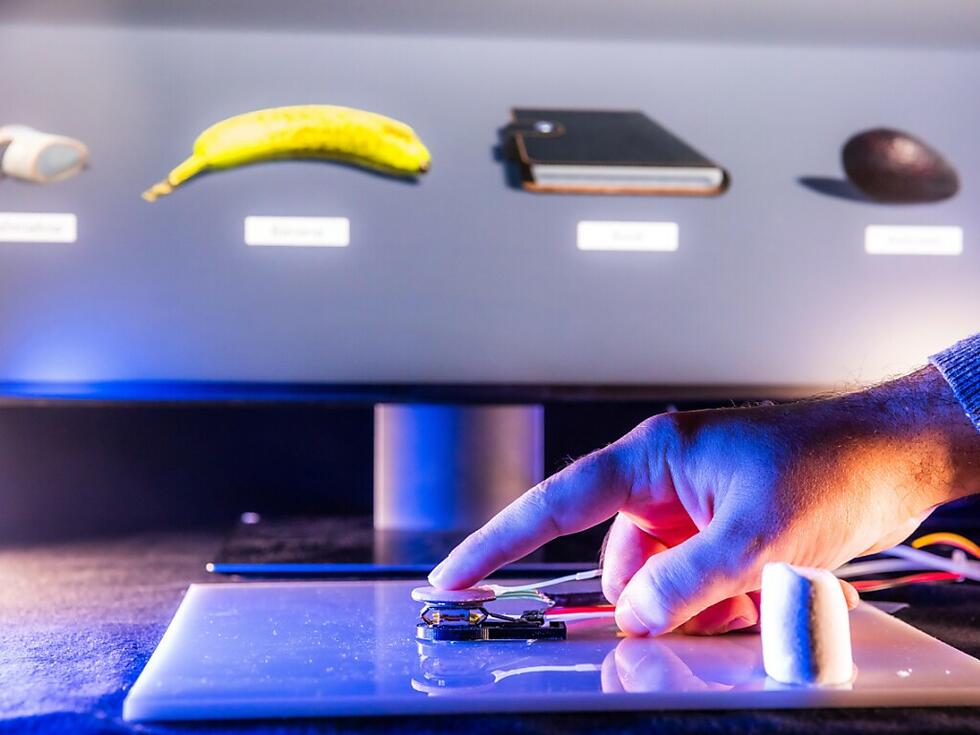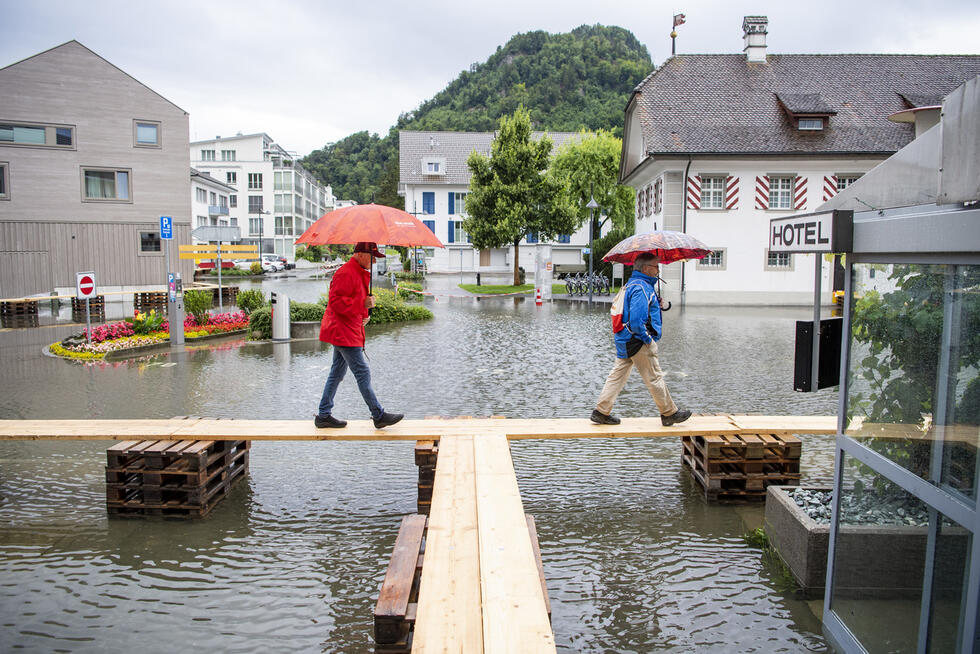SHORT NEWS
Quantum Internet: Researchers create a tap-proof connection
It appears that a quantum Internet, where information is transmitted in a tap-proof manner, can be implemented using the conventional telecommunications infrastructure. This has been demonstrated by an experiment conducted by Austrian physicists. In the “Nature Quantum Information” journal, they report that they were able to establish a quantum-encrypted connection between Sicily and Malta via an existing submarine cable.
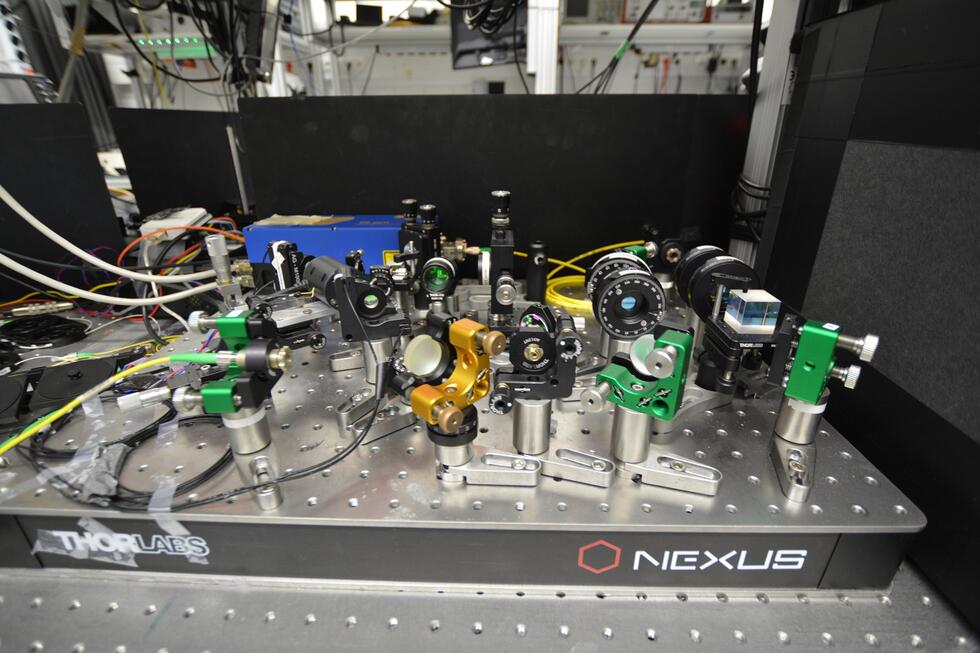
One of the objectives of the quantum Internet is to utilize the special phenomena of quantum physics to enable absolutely tap-proof communications. One way of achieving this is the quantum cryptographic encryption of information using entangled light particles (photons).
The quantum physical phenomenon of entanglement means that two quantum systems – in this case two light particles – remain connected to each other as if by magic. Measuring one of them immediately determines the state of the other, regardless of how far apart they are.
From Malta to Sicily and back
In their experiment, the international team led by Robert Ursin and Anton Zeilinger from the Vienna Institute for Quantum Optics and Quantum Information (IQOQI) at the Austrian Academy of Sciences (ÖAW) and the University of Vienna initially generated particle pairs that were entangled (using polarization) at the communications station on the coast of Malta. One of the two photons was measured directly at this station. The other was transmitted 96 kilometers to the coast of Sicily via a submarine fiber optic cable and from there back to Malta. Then, this photon was also measured.
In their report, the physicists emphasize that the distance of 192 kilometers that was bridged represents a new record for the method of using quantum keys over longer distances on Earth with the help of polarization-entangled light particles. During the experiment, it was possible to transmit four bits of information per second.
If someone were to attempt to read the information carried by the light particle that was sent on its journey, it would immediately change its quantum physical state owing to the laws of quantum physics. Thus, such an attempt at interception would immediately be exposed.
Surprisingly stable
The scientists were surprised by the “unexpectedly high stability of the adopted method”. The connection was maintained over a long distance without additional stabilization over a period of more than six hours.
This demonstrates its “great potential for the creation of a quantum Internet of the future, in particular in combination with the conventional telecommunications infrastructure”. Because alongside satellites, fiber-optic cables will play an important role in the upcoming establishment of an infrastructure that is secure against tapping. “Many of today’s fiber optic lines are routed along the ocean floor. This experiment has confirmed that they are also very well suited for the transmission of quantum states,” the physicist Robert Ursin concludes.
Article No. – DOI: 10.1038/s41534-019-0238-8


